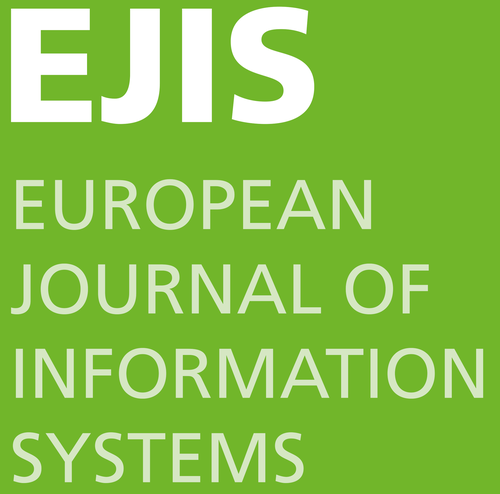- Posted Oct. 11, 2017
How to develop information systems for inter-organisational networks?
Study: Bernhard R. Katzy, Gordon, Sung, & Kevin Crowston. Alignment in an inter-organisational network: the case of ARC transistance. European Journal of Information Systems, November 2016.
Problem:Business firms are increasingly part of inter-organisational networks, and information systems provide an essential infrastructure for these networks. Traditionally, strong alignment between information systems and business strategies is seen as prerequisite for organisational performance. But, how to reach IS-business alignment in case of several business strategies as they exist in inter-organisational networks?
How it was studied:These recommendations are based on the experiences from the formation phase of the ARC Transistance network organisation. This organisation is an inter-organisational network comprising thirty-eight independent European automobile clubs, with partially shared and partially diverging business interests. The study examined the development of the common information system for this organisation.
Take away:The study makes important recommendations for the development of information systems for interorganizational networks:
- Reaching and maintaining network alignment is a long-term effort requiring regular communication between partners.
- The information system should match the current state of the inter-organisational structural relationship.
- Using a system development project as an instrument of change and network alignment increases the risk to both the project and network alignment.
- For network organisations, neither a simple match between one business and one information system, nor the most possible alignment among business strategy and information systems, is sufficient for success.
- For network organisations, an information system that is neutral to a specific business strategy (e.g., open standard information systems) enables a broader adoption and thus better performance through supporting multiple business strategies,
Publication Details
- Authors:Bernhard R Katzy
- Gordon Sung
- Kevin Crowston
- Categories: Information Systems
- Link: https://www.tandf...
European Journal of Information Systems

- Year: 2016
- Volume: 25
- Issue: 6
- Pages: 553–568



